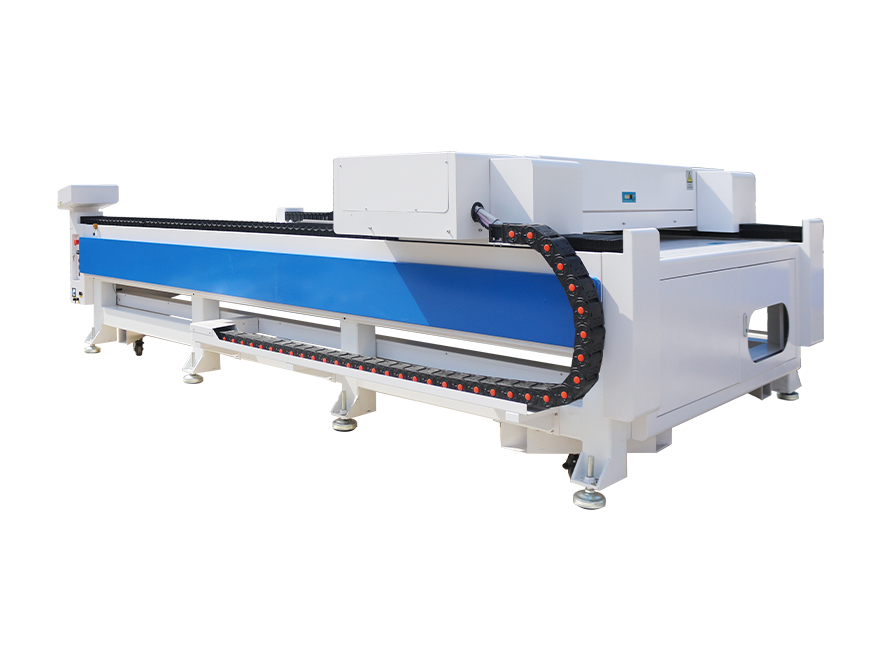How Does a CO2 Laser Engraver Work: A Comprehensive Guide
A CO2 laser engraver is a powerful tool that uses laser technology to engrave and cut various materials with precision and accuracy. Whether you’re a professional artist, craftsman, or DIY enthusiast, understanding how a CO2 laser engraver works is essential. In this comprehensive guide, we will explore the inner workings of a CO2 laser engraver, from its components to the engraving process.
1. The Components of a CO2 Laser Engraver
A CO2 laser engraver consists of several key components that work together to produce high-quality engravings. These components include:
- The Laser Tube: This is the heart of the CO2 laser engraver. It contains a mixture of carbon dioxide, nitrogen, and helium gases that, when excited by an electrical charge, emit a high-powered laser beam.
- The Optics System: This system consists of mirrors and lenses that guide and focus the laser beam onto the material being engraved. The mirrors reflect and redirect the laser beam, while the lenses concentrate the beam to a precise point.
- The Control System: The control system is the brain of the CO2 laser engraver. It includes a computer, software, and electronic components that regulate the laser power, speed, and movement of the engraving head.
- The Engraving Bed: This is the surface on which the material to be engraved is placed. It is usually made of a heat-resistant material and can be adjusted to accommodate different material sizes and thicknesses.
2. The Engraving Process
Now that we understand the components of a CO2 laser engraver, let’s delve into the engraving process itself:
- Preparation: Before starting the engraving process, you need to prepare the material and design. This involves securing the material onto the engraving bed, selecting the desired design or artwork, and configuring the parameters in the engraving software.
- Laser Beam Creation: Once the material is prepared, the CO2 laser tube is energized, creating a highly concentrated laser beam. This beam is then directed through the optics system towards the material.
- Material Interaction: When the laser beam hits the material’s surface, it heats up and vaporizes or melts the material depending on the power and speed settings. The laser beam engraves the desired design by removing layers of material or altering its surface.
- Control and Precision: The control system precisely controls the movement of the engraving head, ensuring accurate and consistent engraving results. It regulates the power, speed, and intensity of the laser beam to achieve the desired engraving depth and quality.
3. Applications of CO2 Laser Engraving
CO2 laser engravers have numerous applications across various industries. Here are some of the main industries and uses:
- Art and Design: CO2 laser engraving is commonly used to create intricate designs and patterns on wood, acrylic, glass, and other materials. It is ideal for creating custom artwork, signage, and personalized gifts.
- Jewelry and Fashion: The precision and intricacy of CO2 laser engravers make them an excellent tool for engraving jewelry, accessories, and even fabrics. It allows for fine details and customization.
- Industrial Manufacturing: CO2 laser engravers play a vital role in industrial manufacturing processes. They can engrave serial numbers, part labels, and other essential markings on metal, plastics, and industrial components.
FAQs
Q: Is CO2 laser engraving safe?
A: Yes, CO2 laser engraving is safe when proper safety precautions are followed. The lasers used in CO2 laser engravers are enclosed within a protective housing, and operators should wear appropriate protective gear, such as safety glasses, to prevent eye damage.
Q: What materials can be engraved with a CO2 laser engraver?
A: CO2 laser engravers can engrave a wide range of materials, including wood, acrylic, glass, leather, fabric, paper, plastic, and certain metals. However, it is essential to check the compatibility of a specific material before engraving.
Q: Can a CO2 laser engraver cut through materials?
A: Yes, CO2 laser engravers can also cut through thin materials, such as paper, cardboard, and fabric. However, for thicker and harder materials like metal or wood, a CO2 laser cutter would be more suitable.
Now that you have a comprehensive understanding of how a CO2 laser engraver works, you can explore the endless possibilities and creative opportunities it offers. Whether you’re planning to start a small business or enhance your artistic skills, a CO2 laser engraver is a valuable tool in your arsenal.





